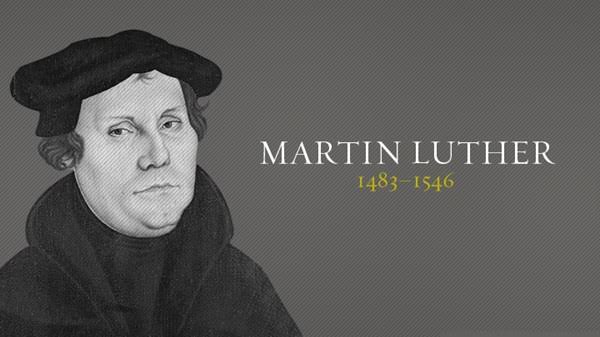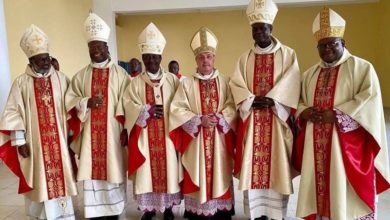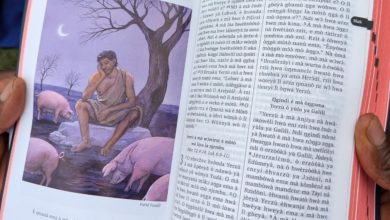No, Martin Luther did not go back to the Roman Catholic Church

By Hans Ngala
As Sunday approaches in less than 24 hours, we will all head to different churches to pray and worship God for those who are Christians. It felt compelling to write this piece as I’ve heard a lot of arguments from some (mostly those who are Roman Catholic) and who claim that after Martin Luther was excommunicated from the Roman Catholic Church for his 95 theses, he still came back.
That is not correct and here are the facts.
Martin Luther was born on 10 November 1483 in Eisleben, Germany. His father, Hans Luther, was a businessman in the copper-refining business and became a town councillor of Mansfeld where the family lived in 1492. There are few sources of information about Martin Luther’s childhood apart from his recollections as an old man.
The focus of this article is with the religious side of Luther’s 95 theses which he nailed to the church door at Wittenburg where he was an Augustinian friar (or monk) at the time. The Pope at the time, Pope Leo X asked Luther to renounce his 95 points against the Catholic Church but Luther argued that it was wrong for the church to sell indulgencies.
Luther was angered by Johann Tetzel, a Dominican friar who was reported to have preached to congregants that the purchase of a letter of indulgence (partial or full forgiveness for sins) entailed the forgiveness of sins. Luther drafted a set of arguments for the purpose of conducting an academic debate on indulgences at the university in Wittenberg. He dispatched a copy of the 95 Theses to Tetzel’s superior, the Archbishop Albert of Mainz, along with a request that Albert put a stop to Tetzel’s extravagant preaching; he also sent copies to a number of friends. Before long, Albert formally requested that official proceedings be commenced in Rome to ascertain the work’s orthodoxy. Meanwhile, it began to be circulated in Germany, together with some explanatory publications by Luther.
Luther was hoping that the Pope would reason with him and see that the corruption that was taking place in the Church ought to stop. His aim was not to start a church or a rebellion.
However, Pope Leo X insisted that Luther must renounce his 95 points against the Church but Luther refused and the Pope therefore excommunicated him from the Church.
Luther’s revolt was quite popular and soon he had a lot of followers who became known as Lutherans. Some of them included nuns (reverend sisters) who had escaped from the convent after being convinced of Luther’s teachings.
One of them was Katherine of Bora. On June 13, 1525, Luther married Katherine of Bora, a former nun. Katherine had fled her convent together with eight other nuns and was staying in the house of the Wittenberg town secretary. While the other nuns soon returned to their families or married, Katherine remained without support. Luther was likewise at the time the only remaining resident in what had been the Augustinian monastery in Wittenberg; the other monks had either thrown off the habit or moved to a staunchly Catholic area. Luther’s decision to marry Katherine was the result of a number of factors. Understandably, he felt responsible for her plight, since it was his preaching that had prompted her to flee the convent. Moreover, he had repeatedly written, most significantly in 1523, that marriage is an honourable order of creation, and he regarded the Roman Catholic Church’s insistence on clerical celibacy as the work of the Devil.
Luther and the former nun had six kids and their names were Johannes (“Hans”), Elizabeth, Magdalene, Martin, Paul, and Margarete.
So the claim that Luther later went back to the Catholic Church is a false and misleading claim. Luther died as a married man at the age of 62 and never begged the Pope for forgiveness either. Rather, he stood his grounds, accusing the Pope of being the mastermind of corruption in the Catholic Church.




